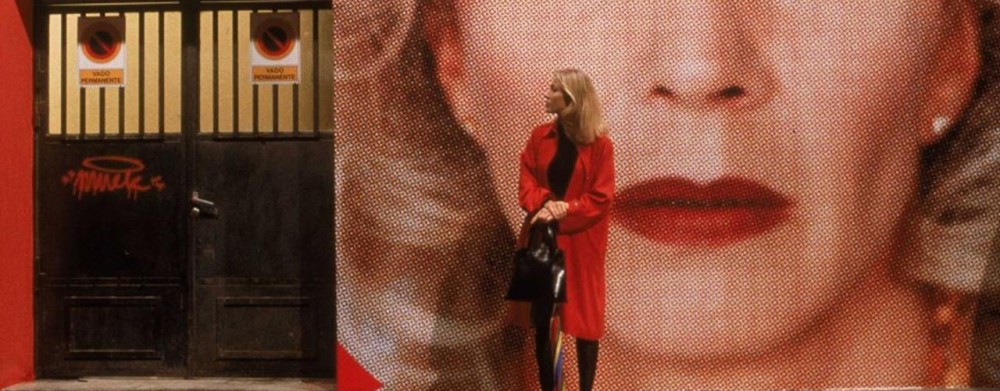Christian Metz’s observations on voyeurism and fetishism within cinema were challenging, but fascinating to read. When he talks about theater or burlesque, Metz distinguishes voyeurism as having an inherent agreement on the part of the object or performer to be seen and desired by the spectator since they both exist in the same place at the same time. For film however, that consent is absent because the object or “actor was present when the spectator was not (=shooting), and the spectator is present when the actor is no longer (=projection).” (Metz, 704) The film actor has no opportunity to peer back at the spectators when taking a final bow, like those involved in theater or striptease have. Rarely even does the film actor have the opportunity to look directly into the camera which would create the illusion of peering back at the viewer. Instead, the moviegoer is given the opportunity to look without the threat of being discovered by the object/actor. Additionally, the object/actor, though only a trace or simulacrum of the actor, exists solely in that particular role. There is no final bow that whisks away the illusion of character. The credits roll and the spectator leaves the theater with the experience of peering into the life of a stranger, perhaps thrillingly without their consent. In addition, that important distance between his body and the object he desires onscreen remains intact. On top of that, he can repeat this experience night after night and the performance will never change. The object will satisfy his desire with the same amount of success, contrary to a theatrical performance that can change from night to night or even be recast midway through the show’s run. Because of these assurances, it is no surprise that the fetishization of the cinematic experience can occur. The objects and people on the screen “put a fullness in place of a lack, but in doing so [they] also affirm that lack.” (707)
Film Theory Seminar, Spring 2015
The Graduate Center, CUNY / Prof. Amy Herzog


